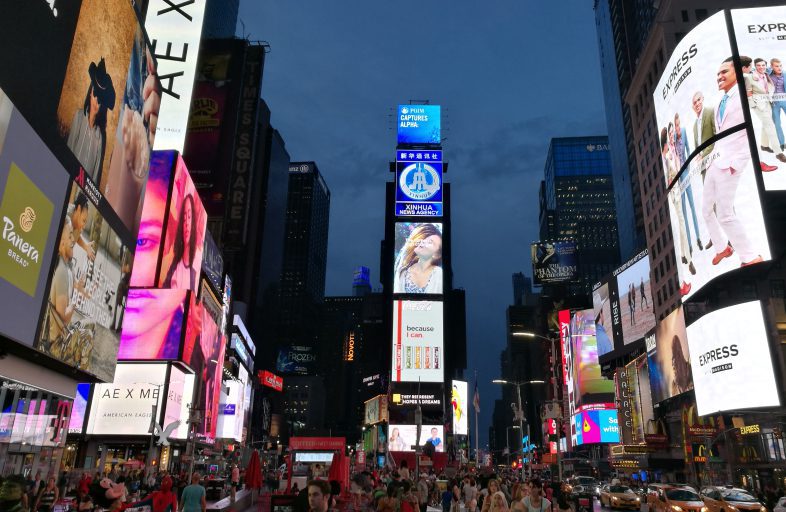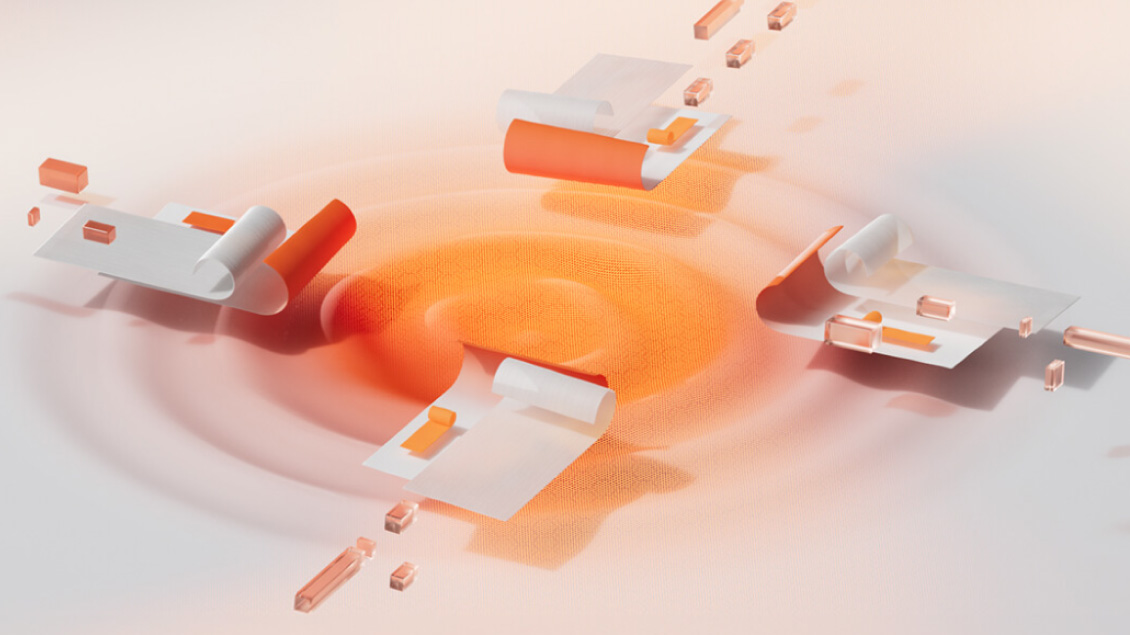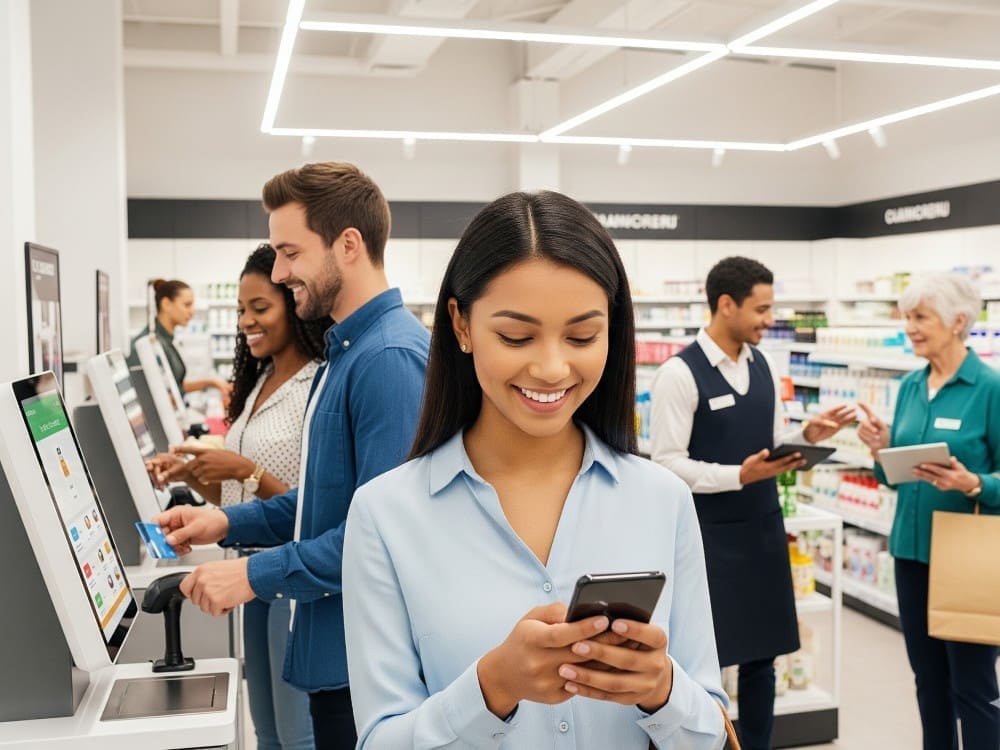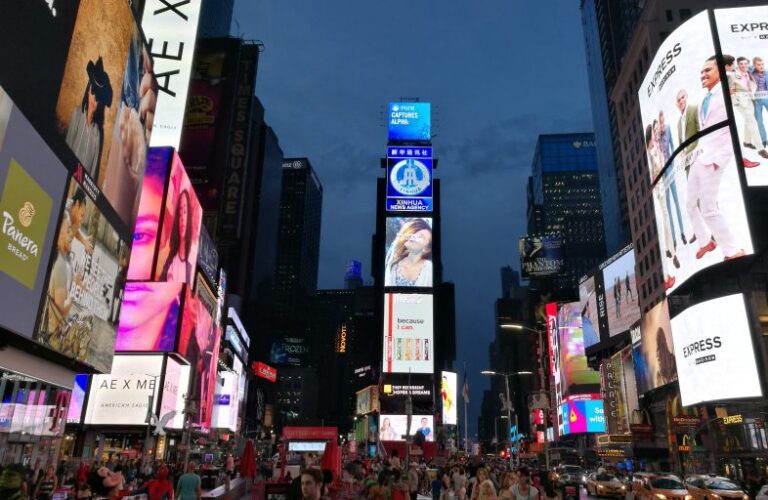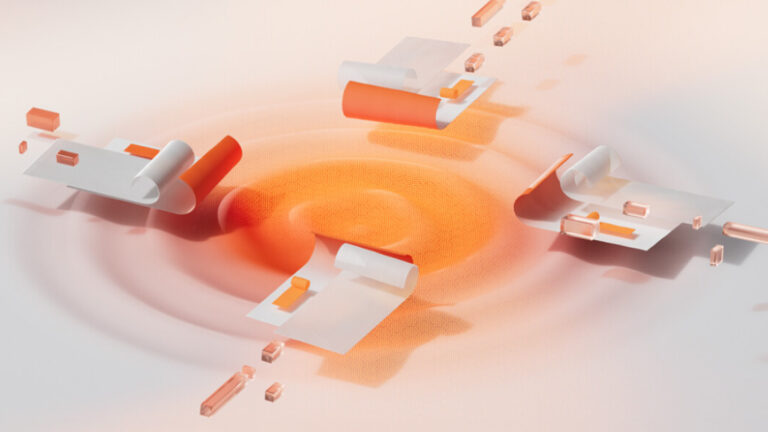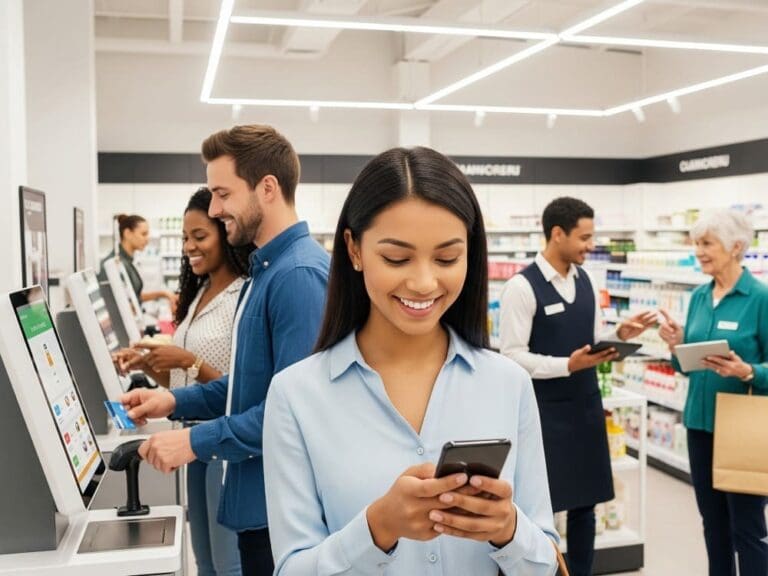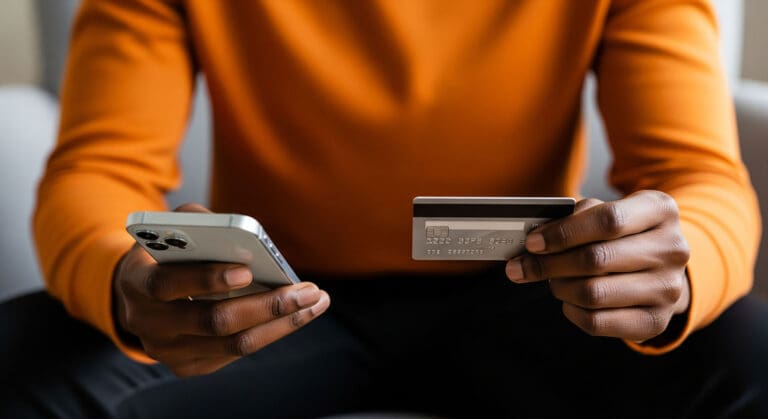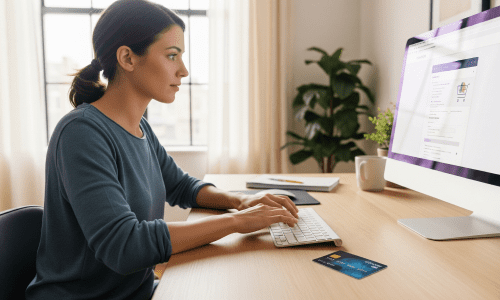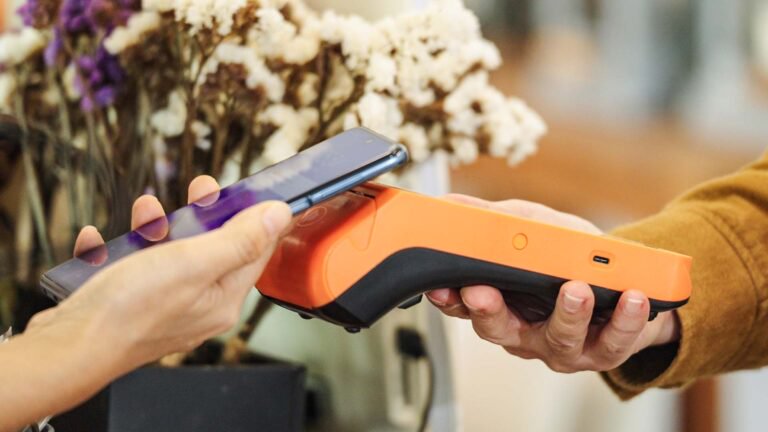- Services
Technology Capabilities
Technology Capabilities- Product Strategy & Experience DesignDefine software-driven value chains, create purposeful interactions, and develop new segments and offerings
- Digital Business TransformationAdvance your digital transformation journey.
- Intelligence EngineeringLeverage data and AI to transform products, operations, and outcomes.
- Software Product EngineeringCreate high-value products faster with AI-powered and human-driven engineering.
- Technology ModernizationTackle technology modernization with approaches that reduce risk and maximize impact.
- Embedded Engineering & IT/OT TransformationDevelop embedded software and hardware. Build IoT and IT/OT solutions.
- Industries
- GlobalLogic VelocityAI
- Insights
- About
Press ReleaseGlobalLogicSeptember 2, 2024AI adviser speaks the language of the machine
“AI should remain subservient to human needs,” says AI expert Dr Maria Aret...
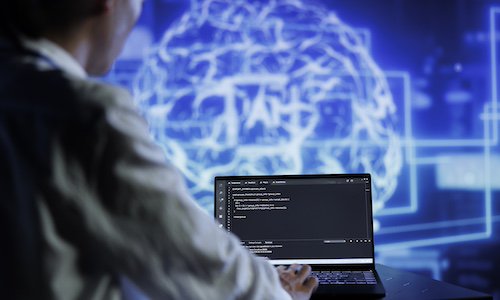 Press ReleaseGlobalLogicNovember 6, 2017
Press ReleaseGlobalLogicNovember 6, 2017ADEPT Hospital Solution Honored as Innovation Finalist
Medical solutions provider Applied Science, Inc. (ASI), digital product development ser...

- Careers
BlogsBlogsBlogsBlogsBlogsBlogsBlogsBlogsBlogsBlogs How can I help you?
How can I help you?
Hi there — how can I assist you today?
Explore our services, industries, career opportunities, and more.
Powered by Gemini. GenAI responses may be inaccurate—please verify. By using this chat, you agree to GlobalLogic's Terms of Service and Privacy Policy.

